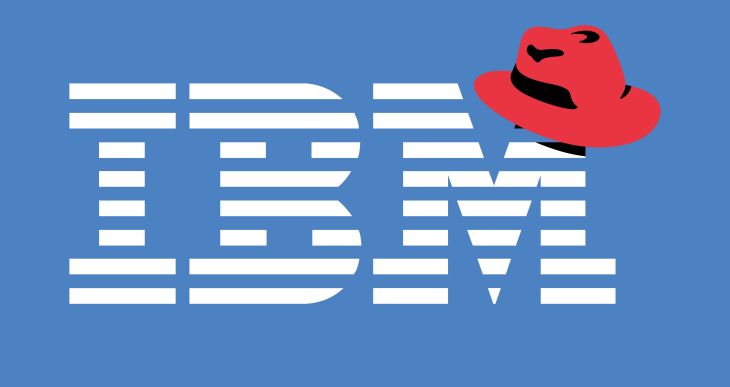IBM And Red Hat to Launch New Services Unleashing the Power of Ai and 5g
The evolution of computer programming has promised a better world for us with cutting edge technology. Today, the applications of machine learning and artificial intelligence are in great demand. They have opened a huge opportunity for every aspect of our world to grow. Not only they are useful to computer scientists but they can also help your business grow by understanding growth patterns.
With 5G network marching its way to the 21st century, the tech giants are looking for great inventions. Currently, 5G edge and AI are the two promising tools that can make a significant contribution to enterprise computing. So, the big companies are looking out for ways to capitalize on this by launching new products. Because, at the end of the day, driving customers towards the latest invention is the goal.
IBM’s collaboration with Red Hat
Today, at the Think Digital Conference, IBM and Red Hat have announced new services that will be jointly launched. The two companies backed by enormous investors will help enterprises step into the 5G era with edge computing. IBM has always focused on the working of enterprises and how to make it better with multi-cloud systems. On the other hand, Red Hat’s potential goes deep down in the open-source technology.
Together, IBM is planning to launch and make more efficient hybrid cloud technologies ditching the idea of the homogenous cloud. Many software solution companies provide homogenous cloud as a solution, but IBM wants to develop a much-differentiated service. Because the company thinks the working system of an enterprise should have hybrid cloud weaving all the sectors together.
A huge scope of development
With the advent of 5G telecommunication networks, there will be an increase in the speed of connectivity, reduction of latency, minimization of transmission delays, etc. So, IBM will be able to unlock its potential in many ways including emergency response, robotic surgery, road safety, etc. And, this will take place only because there will be no need to send the data to a centralized cloud.
What do the clients want?
James Whitehurst, President of IBM has explained to the media why their clients are better off without a homogenous cloud system. He has also said why the hybrid cloud is better than the homogenous cloud. Whitehurst sets a basic example of how one runs an entire factory. There is generally a mainframe that runs a set of transactional workloads. Now, every enterprise has a software sector, hardware sector, finance, etc.
So, there will be a certain set of applications that need to be run in a distributed environment. For doing so, data from one sector should be accessed by every other sector. For this purpose, a centralized cloud was used with showed latency. And, this problem can only be overcome by a hybrid cloud system. There will be no need to fit the workloads anymore in the public cloud.
Clients are looking for a more efficient and innovative user experience that is continuously available. With IBM’s multi-cloud hybrid offerings blended with Red Hat OpenShift, IBM will master edge computing and 5G network.
IBM’s new products
IBM is planning to launch new products to automate business planning, budgeting, and forecasting. With the implementation of AI, IBM is planning to build applications that will automatically run some routine tasks in an enterprise. It might minimize human labor as well. The company is also planning to develop tools for call-center automation. Precisely, IBM will launch IBM Edge Application Manager. It will be able to manage 10,000 edge nodes simultaneously. It will require only one administrator for this job.
IBM Telco Network Cloud Manager will be also released which runs on Red Hat OpenShift. Other AI-based applications include IBM Visual Insights, IBM Production Optimization, IBM Connected Manufacturing, IBM Asset Optimization, and many more. Apart from all these products, IBM will also be launching IBM Edge System. Through this platform, a set of ISVs and GSIs will help and support enterprises to understand and grab opportunities for edge computing.
Another important product of IBM in the series is IBM Telco Network Cloud Ecosystem. This will bring together a group of partners that will help the providers make use of their cloud system. These sets of partners include Cisco, Dell Technologies, Juniper Technologies, Intel, NVIDIA, Samsung, F5 Networks, etc.

Annasha Dey is an NIT student, who apart from studying engineering is also a content writer. She has a great interest in photography, writing, reading novels, and travelling as well. She is a foodie who loves socializing and hanging out with her friends. She is also a trained Kathak dancer and a big fashion enthusiast. Dey also loves watching TV series, which includes F.R.I.E.N.D.S. and Big Bang Theory. To be a better writer she prefers to read more



